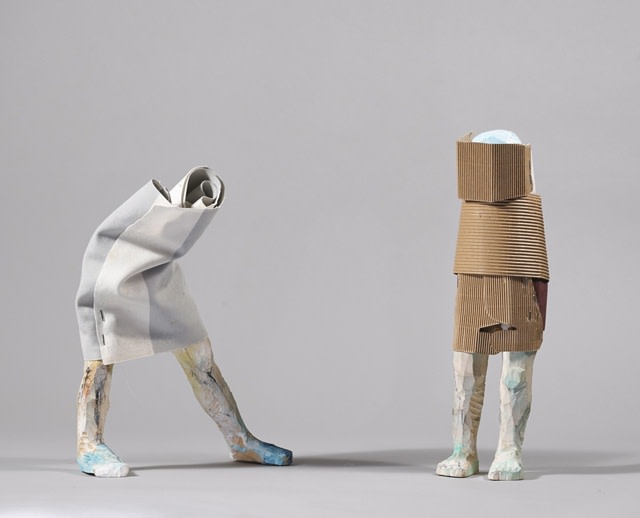 Business Design Centre 52 Upper Street London N1 0QH
Booth P5
PREVIEW EVENING: Tuesday 15 January | 6pm – 9pm. OPENING HOURS: Wednesday 16 January | 11am – 9pm Thursday 17 January | 11am – 9pm Friday 18 January | 11am – 7pm Saturday 19 January | 11am – 7:30pm Sunday 20 January | 11am – 5pm
www.londonartfair.co.uk
Business Design Centre 52 Upper Street London N1 0QH
Booth P5
PREVIEW EVENING: Tuesday 15 January | 6pm – 9pm. OPENING HOURS: Wednesday 16 January | 11am – 9pm Thursday 17 January | 11am – 9pm Friday 18 January | 11am – 7pm Saturday 19 January | 11am – 7:30pm Sunday 20 January | 11am – 5pm
www.londonartfair.co.uk
-
Janet Mullarney & Sean Molloy
London Art Fair (projects), Booth P5, 16-20 January 2019, Business Design Centre, Islington, N1
My Minds i by Janet Mullarney is a group of small sculptures presented on a plinth made of glowing lightboxes. Casting no shadows, the small figures exist in a suspended state, not unrelated to the display of precious commodities like jewels or iPhones. They seem neither wholly material nor wholly ethereal, and they also move between aesthetic archness—grounded in Mullarney’s vast erudition in art, both Western and non, related to her inveterate love of travel, both armchair and in real life—and psychological truth. A carved wooden horse’s head with multiple whitewashed faces (Mother in Me) simultaneously conjures a chess knight, a marble from the Parthenon pediment, Eadweard Muybridge’s motion studies, Duchamp’s Nude Descending a Staircase, and the gesture of a disapproving parent. A pair of crumbling legs rising from a blue-and-gold striped skirt (Uprooted) conflates The Little Fourteen-Year-Old Dancer by Degas with a Topsy-Turvy doll and a particularly female sense of dislocation. Each of Mullarney’s diminutive sculptures stands on its own as a thought made corporeal—the artist regards them as akin to drawings—but they also form a theatrical tableau that suggests an entire universe seen from a god’s eye view. A world in a grain of sand.
In contrast to Mullarney’s thorough internalization of art history, Sean Molloy wears his love of the old masters on his sleeve in recent works, painting quite literal reproductions of what look like seventeenth, eighteenth, and nineteenth-century Dutch and French landscapes. Yet for all their period specificity, these images remain next to unidentifiable. They might be details of more iconic works, generic stand-ins for pastorals of the past, but Molloy considers the past as not entirely retrievable, and various formal devices inflect his bucolic vistas. Horizontal, vertical, and diagonal stripes, bars, and blocks; overall grids; more localized phenomena that evoke areas of pixilation; and, in one instance, a reversal of tone that recalls solarization disrupt the pictorial field. The forms often recall those of modernist abstraction, but equally the glitches of digital imaging. They bar us from entering into these landscapes, ambling among these Classical and staffage figures, and remind us of our distance, cultural and technological, from the solace of the natural world of our ancestors. Paradise lost.
Joe Wolin
Kindly Supported by:

Related artists
- Tumblr


